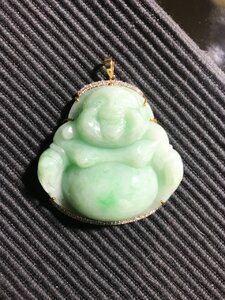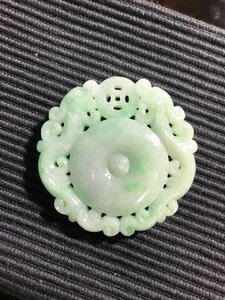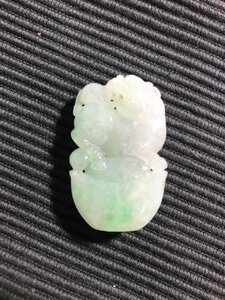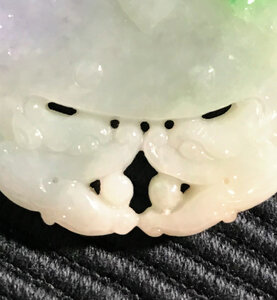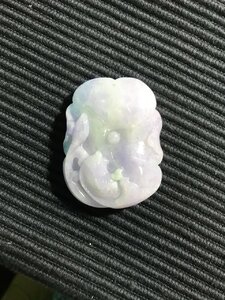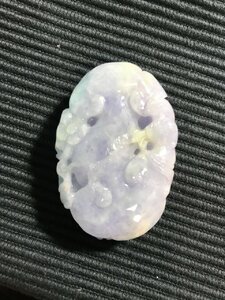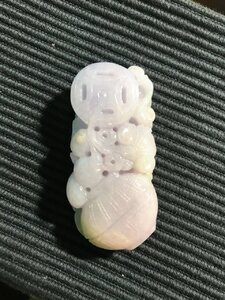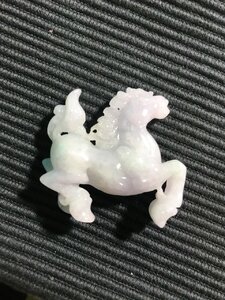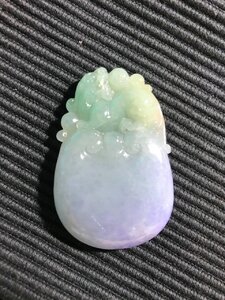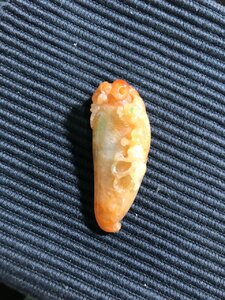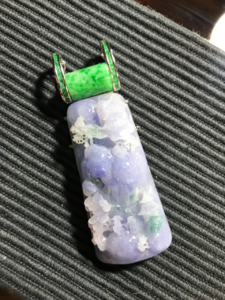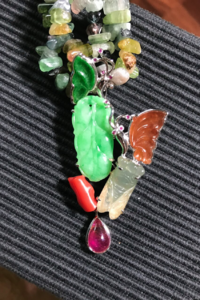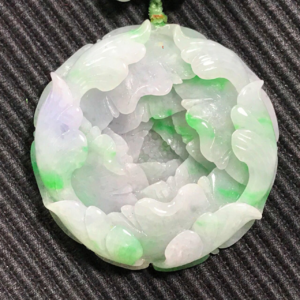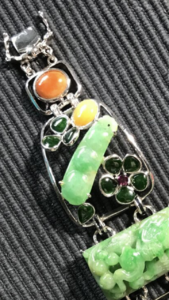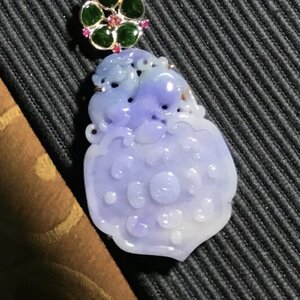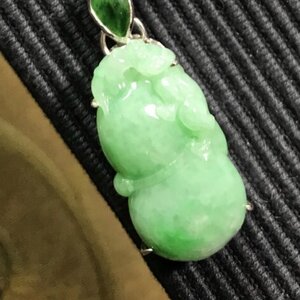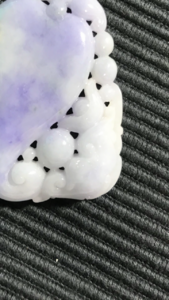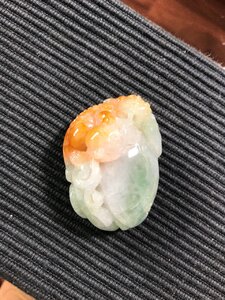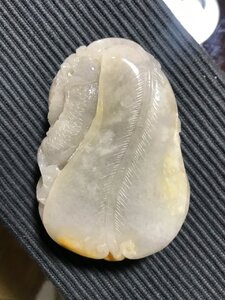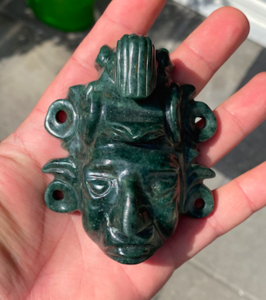Jadeite_101
Shiny_Rock
- Joined
- Apr 4, 2020
- Messages
- 167
I have got questions that have been nagging me so I decided to post it here hoping for answers. How many of you believe that Jadeite Jade is primarily an “Asian”, “Oriental” or “Chinese” stone?
How many of you refrain from wearing Jadeite which feature carvings of figures? Because of cultural appropriation? And stick to “safer” more traditional shapes such as cabochons, beads and bangles?
Also would anyone be interested in knowing the meaning of such figures?
How many of you believe Jadeite is a grandmother’s stone?
I don’t know if my questions are offensive if they are I ask for understanding and forgiveness.
To give a slight background I’m from the Philippines which like the West doesn’t have a big Jade Culture. I got my love of Jadeite Jade from both my grandfathers who were Chinese from Xiamen China. They would come home from trips with Jadeite jewelry at hand as presents for my grandmothers which would eventually pass to my mom.
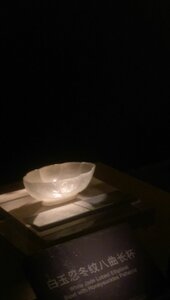
Perhaps it is historical? You go through the big museums in Taiwan (national museum), China's Shanxi museum (wowzs those dynasties were rich, the jade piece below is amazing.), Beijing's big National museum, and the forbidden city. And you'll find rooms of the most amazing jade, dating back to even the earliest semi-mythological pre-recorded history dynasties. You go to the big european and western museums, and really to be honest I can't remember seeing any jade (have a sneaking suspicion you find a little. Trying to remember if something like the British museum, the pergamon or the kunsthistoriches museum in vienna had bit of Jade? But it's scraps at best.)

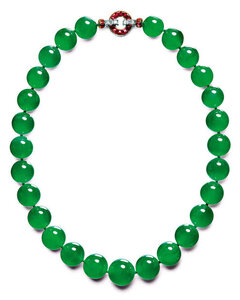

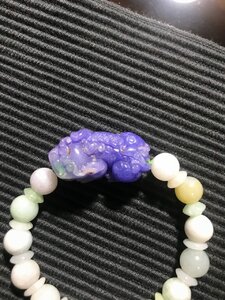


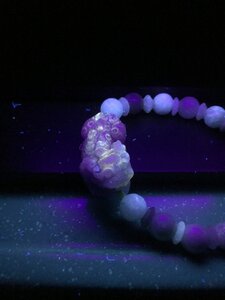
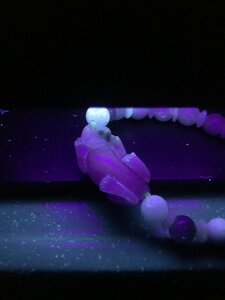
Your questions are awesome. Jade is my favorite gem, so I'm happy to share my impressions of it.I have got questions that have been nagging me so I decided to post it here hoping for answers. How many of you believe that Jadeite Jade is primarily an “Asian”, “Oriental” or “Chinese” stone?
How many of you refrain from wearing Jadeite which feature carvings of figures? Because of cultural appropriation? And stick to “safer” more traditional shapes such as cabochons, beads and bangles?
Also would anyone be interested in knowing the meaning of such figures?
How many of you believe Jadeite is a grandmother’s stone?
I don’t know if my questions are offensive if they are I ask for understanding and forgiveness.
To give a slight background I’m from the Philippines which like the West doesn’t have a big Jade Culture. I got my love of Jadeite Jade from both my grandfathers who were Chinese from Xiamen China. They would come home from trips with Jadeite jewelry at hand as presents for my grandmothers which would eventually pass to my mom.
Your questions are awesome. Jade is my favorite gem, so I'm happy to share my impressions of it.
When I first started collecting jades, it was because of pieces I'd inherited from my grandma. Those pieces were western carvings from an Oriental revival period or jade inlays in Southwestern American style. In that way, I associate jade as a grandmother stone because I feel like her generation of women (born in 1919) wore things like brooches, bangles, and carvings more than my mom's generation who preferred beads, metalwork, and less refined jewelry (late Boomer hippie).
When I started to get my own jades, I learned how deeply embedded it is in Chinese culture over so many years, and how jade was an important stone to other cultures in pre-modern periods. Despite the deep cultural meanings of jade, I haven't ever viewed it as an exclusively Chinese product. To the contrary, vendors in China, Taiwan, and Hong Kong have been very open to helping, providing education, and promoting the benefits of jade. I also find more assistive sources of literature on carving and working jade from Asian writers than here (U.S.).
When it comes to cultural appropriation, I feel like because jade has been so freely shared worldwide and is a genuinely appreciated good, it doesn't seem as though it's a problem. I don't feel strange about any jewelry carvings or stone fetishes, but am happy to be able to show off the work of the artisan who created them. Learning the meanings is important to me.
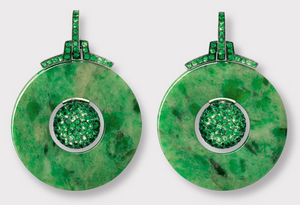
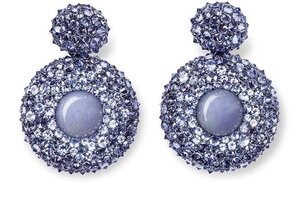
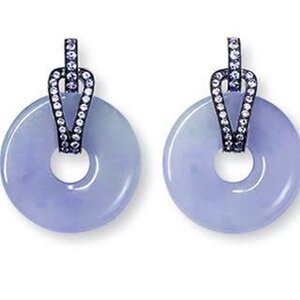
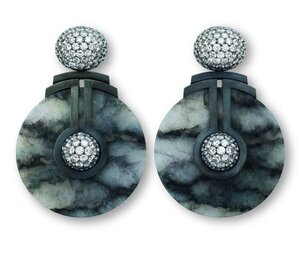
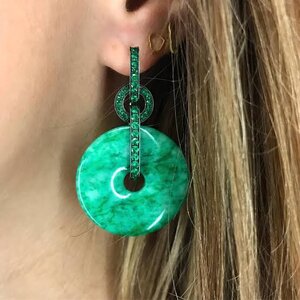
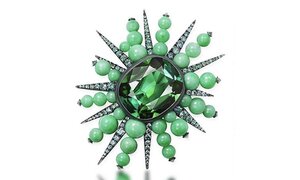
I love this piece! It's so unique and the colors are just beautiful. Are those types of pieces typical from what you've seen? Did you get it in the Philippines or from abroad? I think a lot of what we see here in the U.S. are lacking in the more modern creations- I'm always blown away when. I see modern/traditional fusion design with jade.
Also, confirming from what I've seen too- LWUV is helpful but by no means a way to prove a piece hasn't been treated. I have a piece I am 1000% sure is natural & untreated which shows faint fluorescence in small areas. I also have a piece I know is B&C not glow at all. I saw treated lavender glow orange because of the vintage dye in it.
I in NO WAY purport to be a Jadeite expert. This post is regarding an observation I have had. Your knowledge and input is pretty much welcome and appreciated. A few posts back I posted regarding the Long Wave UV Test on Jadeite. It is a method backed by studies done by the GIA. However does the absence of fluorescence or inert under Long Wave UV Light guarantee that Jadeite is indeed Type A Jadeite?
Below are B+C Jadeites I purposely purchased as a learning tool.
Below are the same B+C Jadeites under Long Wave UV Light.
They show no fluorescence or are inert. The carved lavender Jadeite does show some superficial fluorescence where the polishing agent has build up. Otherwise it is also inert.
One might be inclined to judge the Jadeite samples as Type A. However upon closer inspection using a loupe. The Jadeites above show tell tale signs of treatment and enhancement. Cobweb or spiderweb appearance on the surface, concentration of colors or dyes on the tiny spaces between graining, “floating” color and trapped lint or dirt in the impregnating material.
I’ve been trying to find material regarding this phenomena. We know that Jadeite treatment and enhancement is ever evolving. What dye and impregnating material was used on these Jadeites that they show no fluorescence or are inert under Long UV Light? Do organic dyes such as the ones used before the impregnation era fluoresce? I really wish there would be a study regarding inert B+C material.
Ahh, is the carved lavender here a foo dog? How beautiful!
I have a couple of pieces of jade, both I picked up in antique shops - a carved bird pendant and a bracelet. I don't have much knowledge and am woefully unequipped to tell when I'm looking at quality, but I do love jade in all colors. As far as cultural significance, if I'm buying something which carries cultural significance, I try and follow the same rules that I would when buying or wearing Southwestern Indigenous American jewelry, of which I also have some pieces - I make sure I understand the significance and meaning of what I'm wearing, so that I can honor and respect what it meant to its makers. However, I also believe that generally these jewels were meant to be shared and worn with people of all cultures and wearing them respectfully is acceptable unless I am told otherwise.
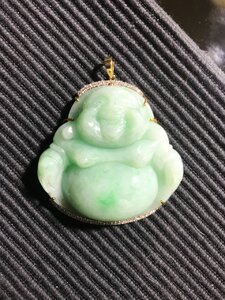
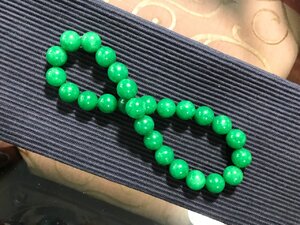
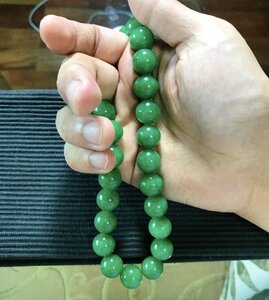
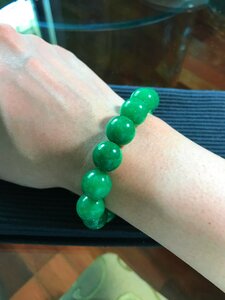
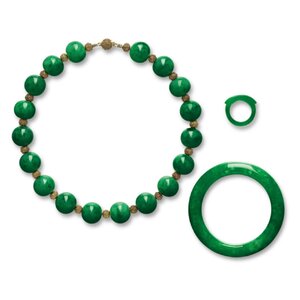
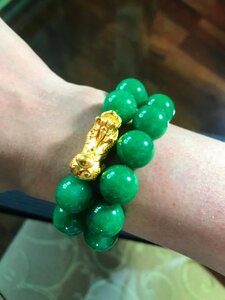

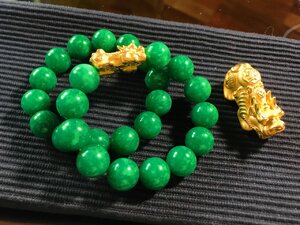
Thanks! Really? It’s good as it is? I was planning to make it more sleek with graduated diamond on the sides cascading from .20 all the way to .55 about 11 on each side. Then 2 diamonds on top 1c and .71 with the 1c on top of the .75. It’ll serve to hide the pendant’s bail.
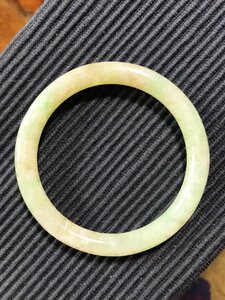
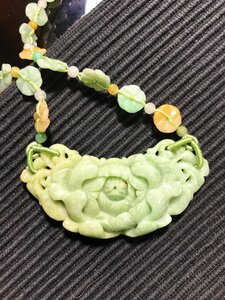
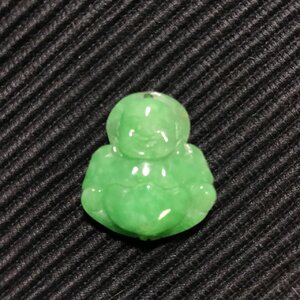
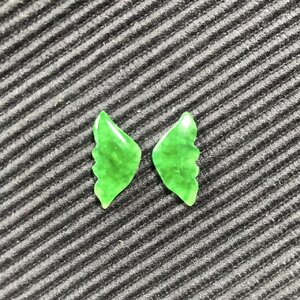
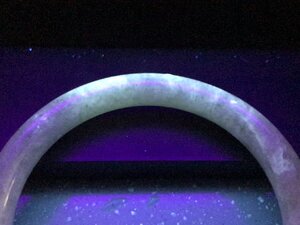
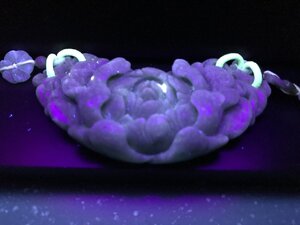
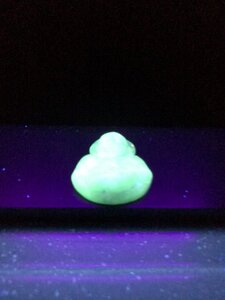
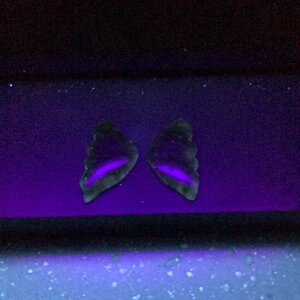
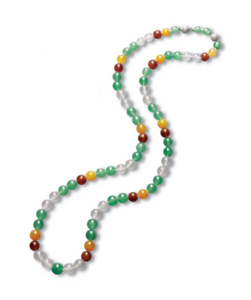
Is there a difference between jade & jadite?
